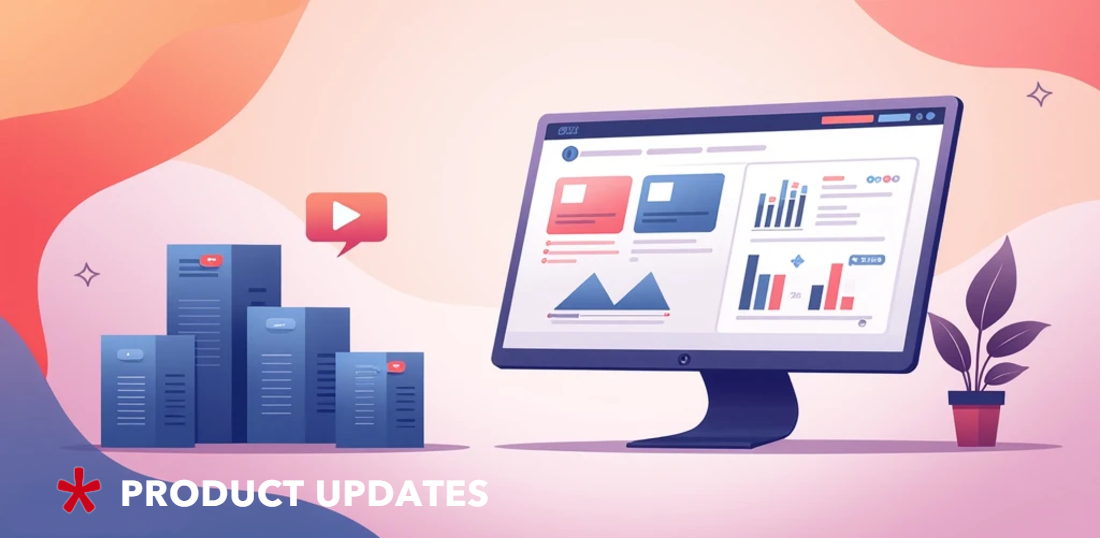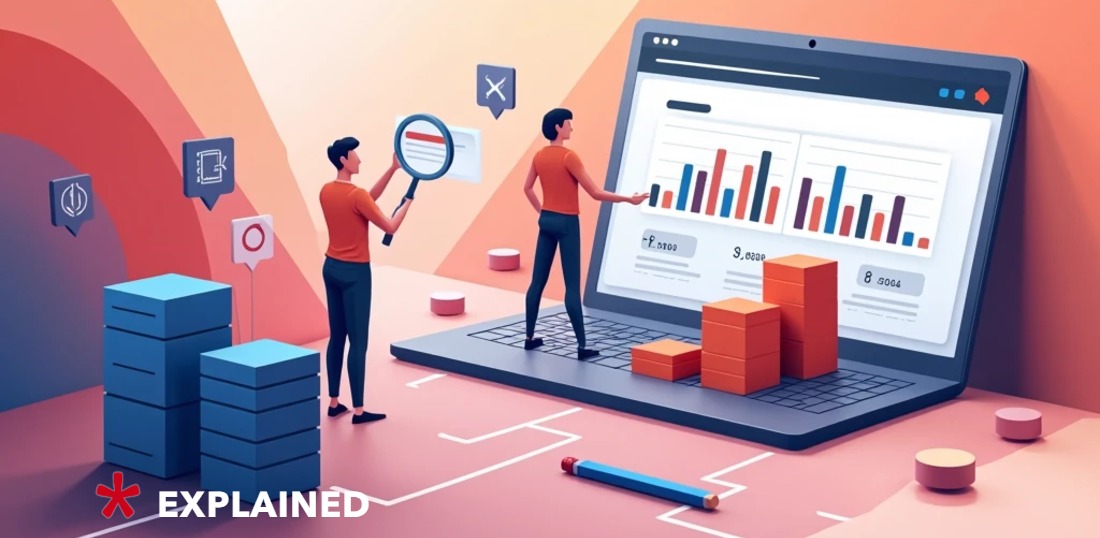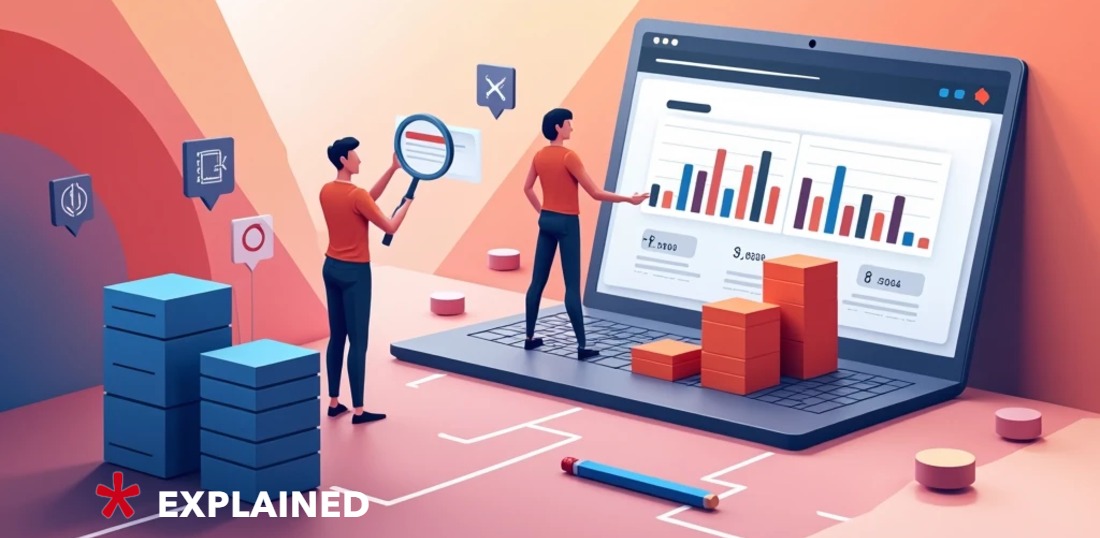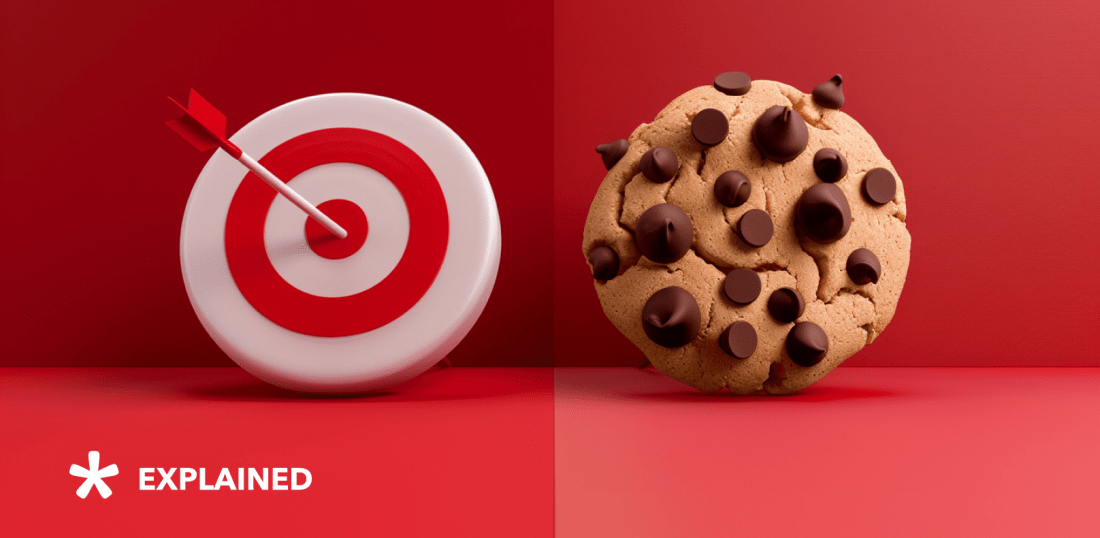Our introduction for everyone who’s new to ad exchange
Do you like The Wall Street movie? It sure makes trading exchanges look fun, but doesn’t quite explain them. Digital ad exchange comes from the primer exchange principles. We’ll explain its basics below.
What’s an exchange?
Any exchange is a place for items trading. The role of an exchange is to organize the process, make sure it’s fair and notify the buyers on prices.
What is sold and bought on an ad exchange?
Items, that get traded in this case, are places on websites and in apps, where ads can be displayed. Ad agencies and brand owners make bids on the opportunity to show their advertising.
What are the sides?
Advertisers and ad agencies are the buy side to the ad exchange. And website owners are the sell side. Smaller players on both sides use vendors, which connect them to the ad exchange and support during exchange operations.
The buy side with the demand uses DSPs. The sell side with the supply uses SSPs.
How ad exchanges and ad networks are different?
| Ad Exchanges | Ad Networks |
| Run real-time auctions. | Gather the inventory first and then sell. |
| Buy and sell per impression. | Buy and sell in packages. |
| Connect directly. | Work with multiple vendors. |
This creates additional advantages of buying through an ad exchange:
- Competition in the auction raises CPM for publishers.
- Advertisers get only the inventory they need, outside the package.
- More light is shed as to who buyers and sellers are.

Starting as a certified Google AdExchange partner, Admixer has grown itself from an ad network into an ad exchange. So we know the practical benefits of moving in this direction. Advanced ad exchanges, like ours, allow you to monitor and optimize your bids. You can whitelist or blacklist certain monetization sources or advertisers. And finally, you get visualized statistics and detailed reporting.




